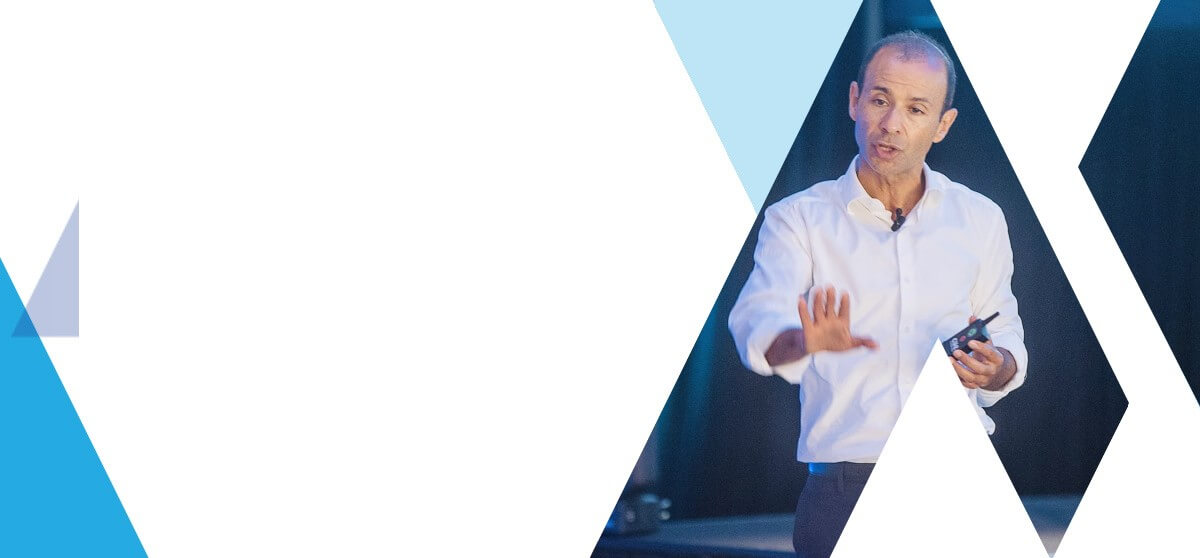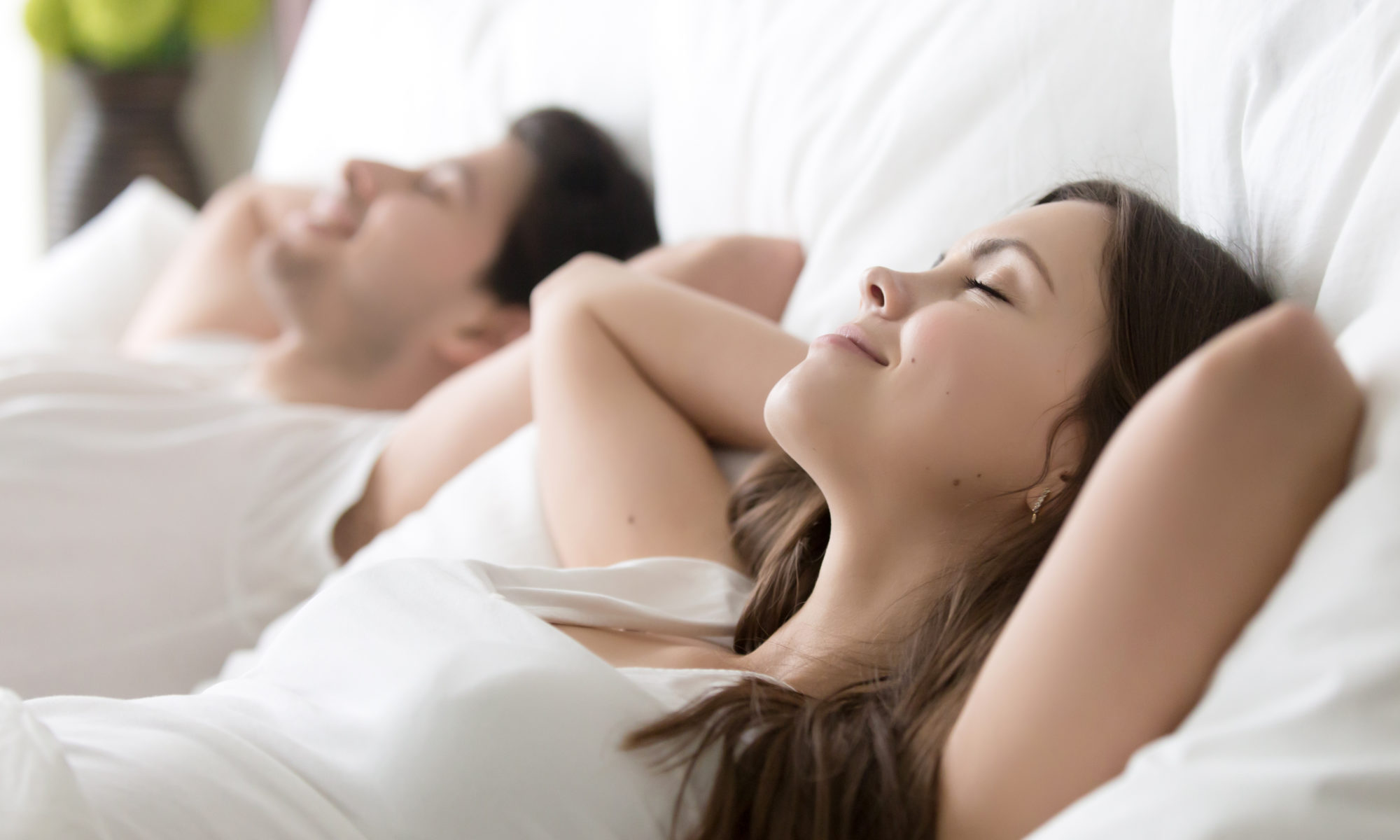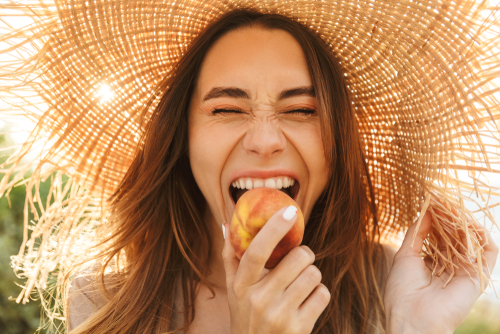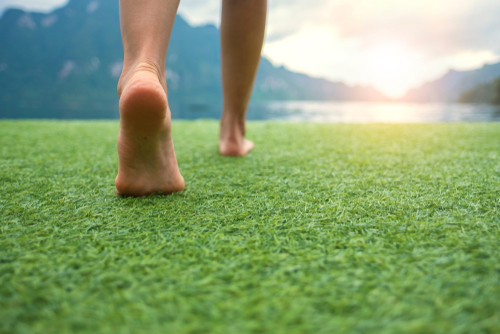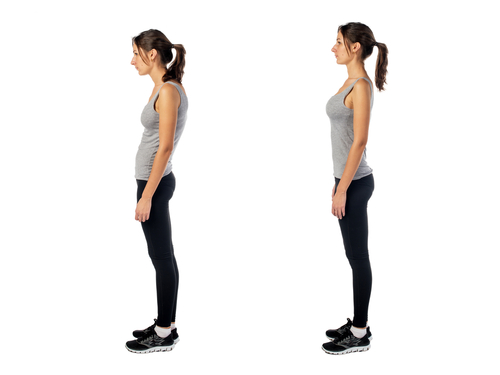This is the last of the 6 life-hacks, one that is easy to apply, will not take time from your day but will have a huge impact on your physical, mental and emotional health. It is the ultimate detox, the ultimate stress buster, immune booster and the best performance enhancer 2nd to sleep, but in turn impacts the quality of your sleep. It is the CONSCIOUS use of the breath (commonly known as prana or chi), associated with spirit, passion, life, power and magnetism.
It is important that you understand what is going on with the breath and its impact on the chemical and physiological activities of the body which includes the mind. Knowing this gives you ultimate control so you can put yourself in any desired state depending on what you want to achieve in the moment.
There are two types of breathing:
• Subconscious ‘natural’ breathing. This is controlled by what is going on in your heart and mind.
• Conscious breathing where you bring your awareness to the breath. This conversely controls your heart and mind.
And there are two states or outcomes from your breathing. They either step you into your:
• Parasympathetic nervous system (rest and digest) – usually associated with nose breathing
• Sympathetic (fight or flight) – associated with mouth breathing
Both states serve a purpose so there is no such thing as good or bad but rather, a natural state or unnatural state. If you are running a race, engaging the sympathetic with mouth breathing is important, but the same mouth breathing sitting at a desk fretting is unnatural.
The breath is a gateway to multiple states and the purpose of this article is to teach you the different techniques so you can use the breath as a very powerful tool. Stressed? No problem you will know what to do. Needing energy? No problem again. Needing creativity? Etc….
Whatever technique you choose below, there is one powerful element that is common to all: AWARENESS! Awareness is the magic ingredient. I will now share with you the techniques I have learned over the years and read about from pioneers like Dan Brule. His book Just Breathe was life-changing.
Breathing for STRESS RELIEF OR SLEEP
This is a technique I created for myself that is a combination diaphragmatic and box breathing. It is the quickest way to interrupt the fight or flight stress response and trigger the body’s normal relaxation response. The added benefit to this technique is that it strengthens the diaphragm and trains the body to breath from the belly subconsciously.
“When the breath is shallow, the mind is unsteady but when the breath is calmed the mind is still; therefore, when you control the breath, you control your mind” – Swatmarama Hatha Yoga Pradipika
The technique: Lie flat on your back with your knees bent. Put one hand on your belly and the other on your heart. Breath in for 4 seconds, hold for 4, out for 4 and hold for four. Your belly should rise and fall with each breath in and out. Repeat 10 times or for as long as you require to notice your body relax. You will know it. When you are in an anxious state the first 4 reps are difficult but if you persist, you will literally change your body chemistry in a few minutes. Mentally counting will help.
Breathing For DETOX
Use this technique if you feel like you are coming down with something or if you are stuck in air-conditioning all day. Do it outside in fresh air.
Did you know that 70% of detox happens by the lungs through the breath? So, if you are shallow breathing throughout the day, you are not detoxing efficiently. We typically shallow breath when we are driving, on devices or in meetings. You will get tired, get brain fog and impact your immune system. That’s why this life-hack is so important! Especially if you are an office worker like me.
The following breathing technique takes 63 seconds twice a day. That’s all. A lot of people don’t believe that something so simple will have any effect, so they will not do it. Science has proven that this simple breathing technique, will trigger the release of endorphins, stimulates the lymphatic system and expels carbon monoxide.
The Technique: Place your tongue against the ridge behind your upper teeth. Close your mouth and inhale deeply through your nose for a count of 4. Hold your breath for 7 and exhale through your mouth for a count of 8. Repeat 3 times. It may feel weird, but it will feel natural after a few goes.
Breathing for CREATIVITY
Creativity comes from the heart not the mind. The heart is where the seat of passion is. It is no co-incidence that the lungs wrap around the heart. And when you take a deep breath, the heart expands and this takes you out of the head and into your heart. Only then can you tap into your creativity. Try this simple technique to help you get creative. I do this every morning after meditation. It only takes a few minutes and makes me super sharp throughout the day.
Alternate nostril breathing: While sitting, close your right nostril with your right thumb. Exhale and then inhale through your left nostril. Release your right nostril and close your left nostril with your ring finger. Exhale and then inhale through your right nostril. And repeat for a few minutes. I do 5 minutes. You can use your left hand. Breath naturally. Once you get the hang of it, it will start to flow naturally. This technique is also popular with Aussie health researcher and ayurvedic medicine practitioner, Mark Bunn.
Breathing for PERFORMANCE ENHANCEMENT & DEPRESSION Relief
There are many benefits claimed to what is now known as the Wim Hoff breathing method, made famous by the endurance athlete Wim Hoff. Anything from asthma management, Lyme disease treatment, arthritis and fibromyalgia relief, boosting concentration and increasing willpower. The only well documented benefits are performance enhancement from boosting energy and significantly relieving depression. I will not list the science here because if you Google it you will find a tonne of info on this method from multiple research universities. I will also note for the sake of mention that this method is very similar to a technique invented by Leonard Orr.
The Technique: Take 30 quick and deep breaths inhaling consciously through the nose and exhaling naturally through your mouth. Don’t try and control the out-breath. Just let it go. After 30 deep breaths exhale the last breath and then hold until you are gasping to breathe in. Inhale again as deep as you can and hold it for 10 seconds. As a variation I like to drop to the floor and do as many push-ups whilst holding my breath until I am gasping to take a breath again. Repeat this as many times as you like but I find that my whole system is well oxygenated after just one set and I am pumped with energy and feeling great! I promise you will too.
